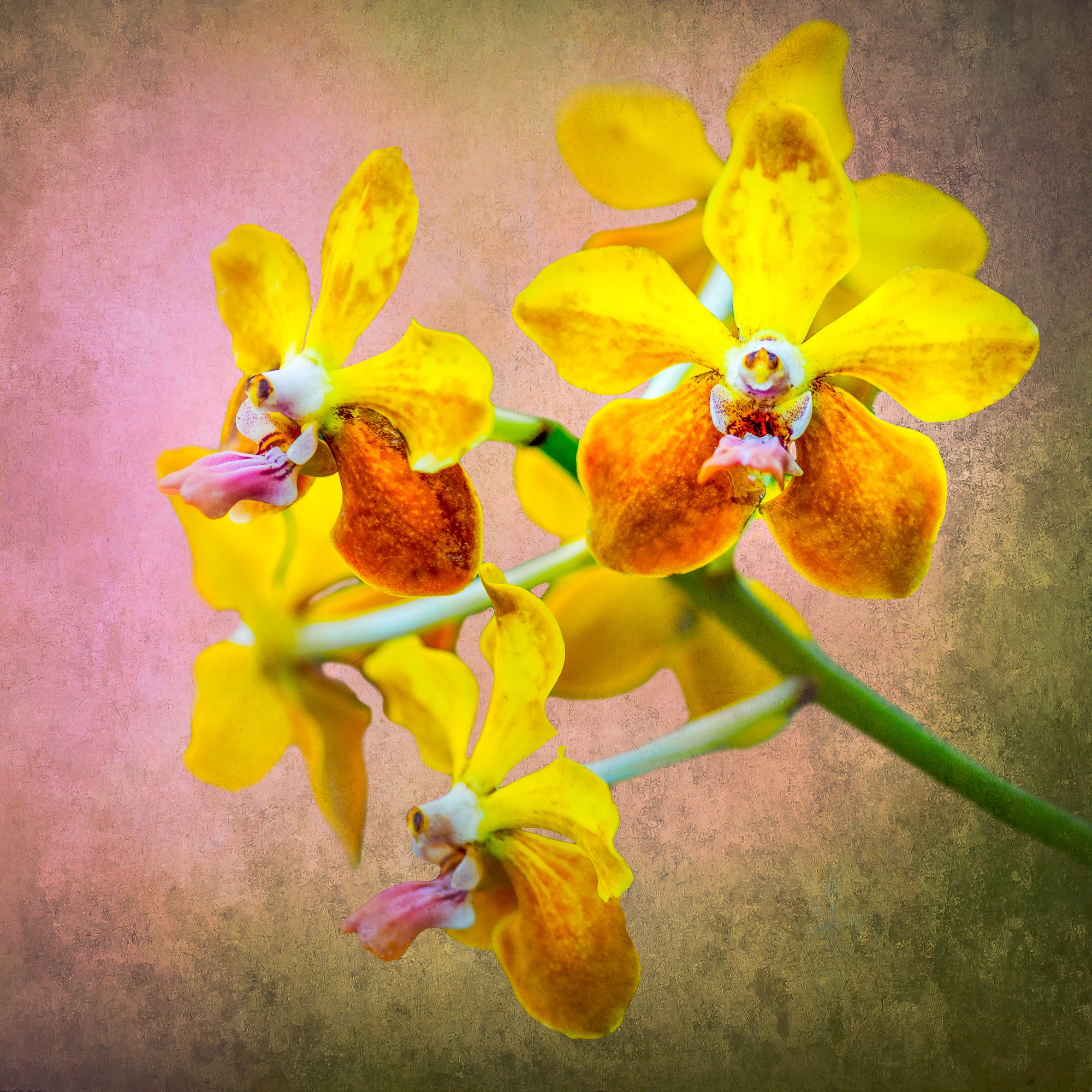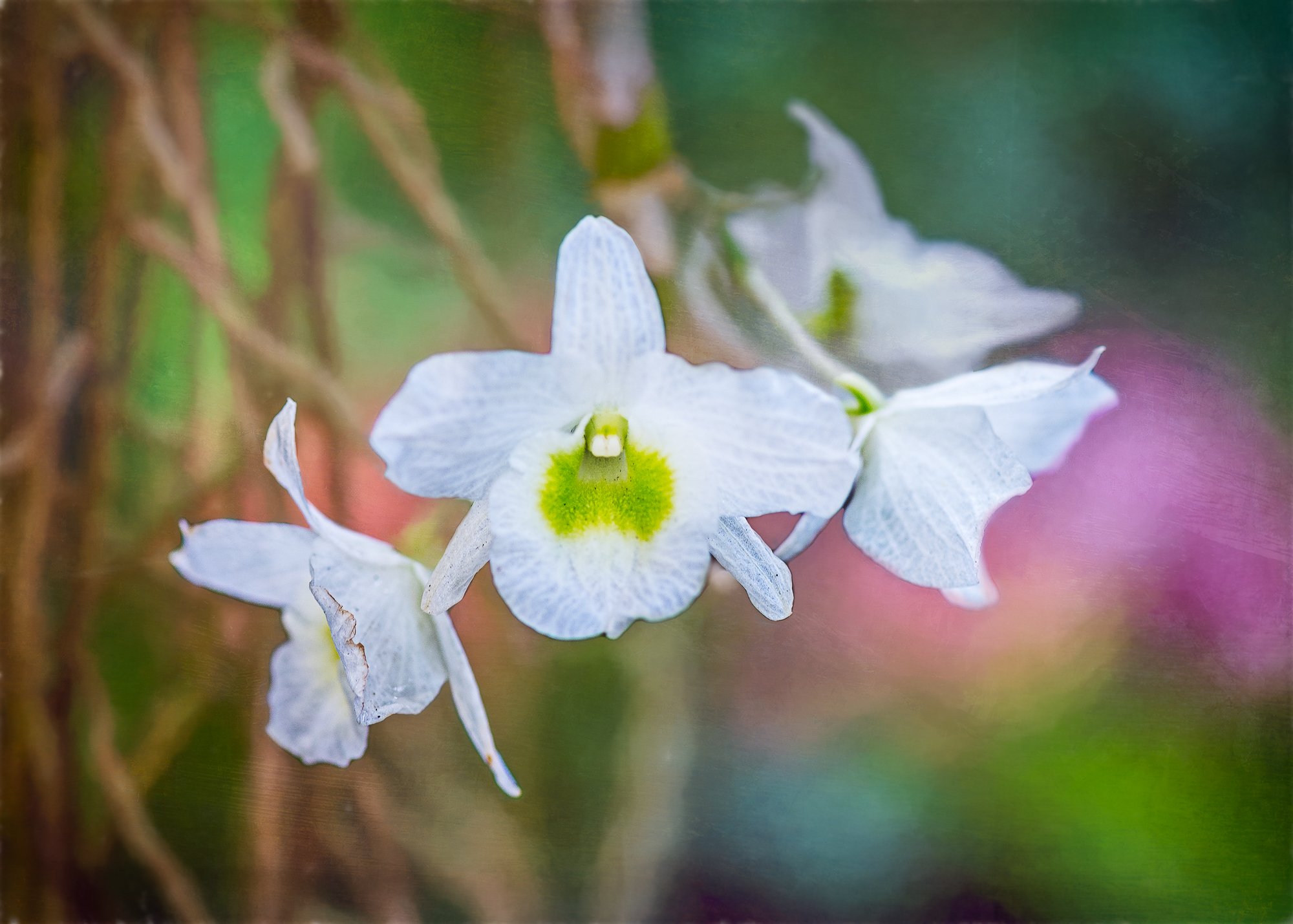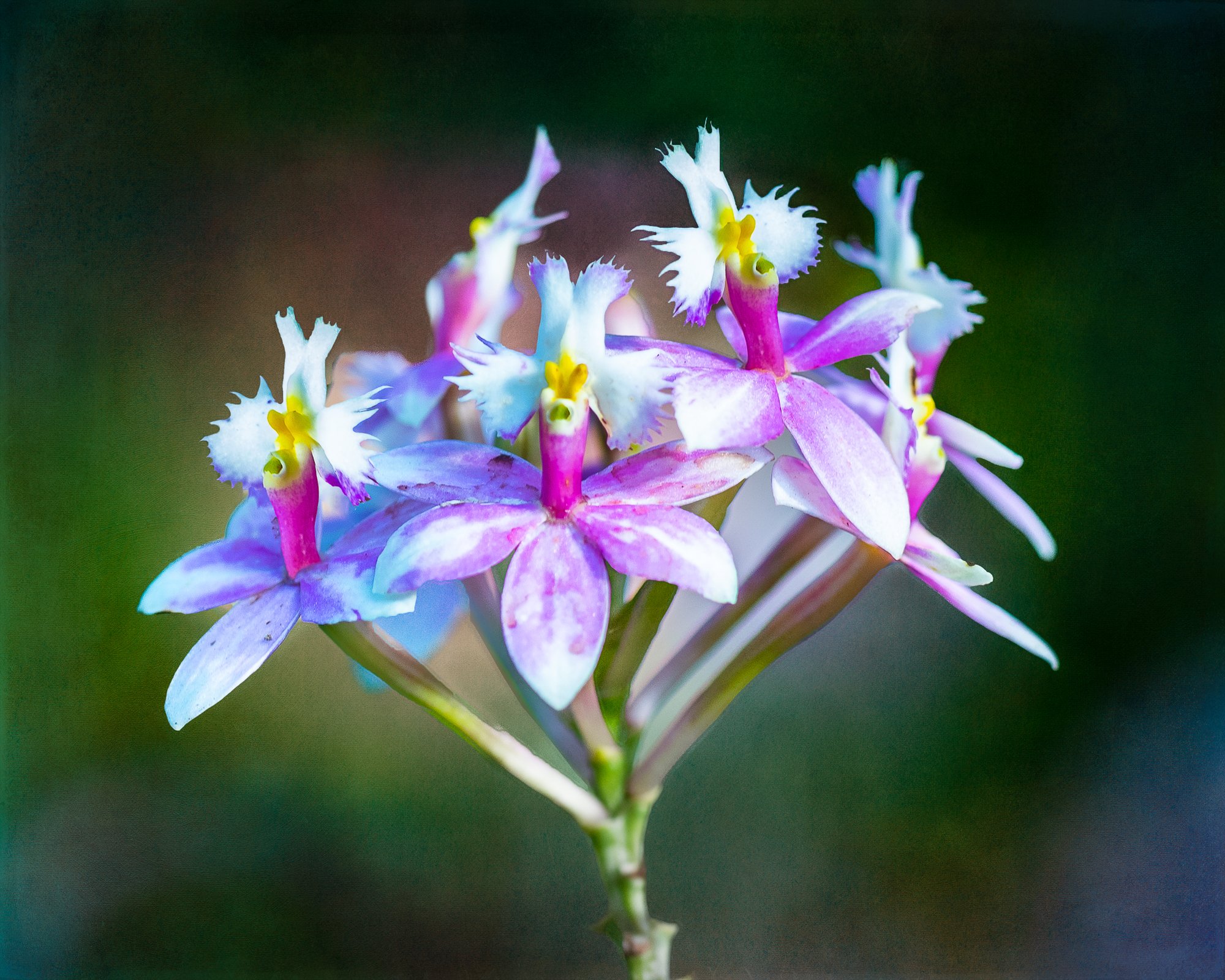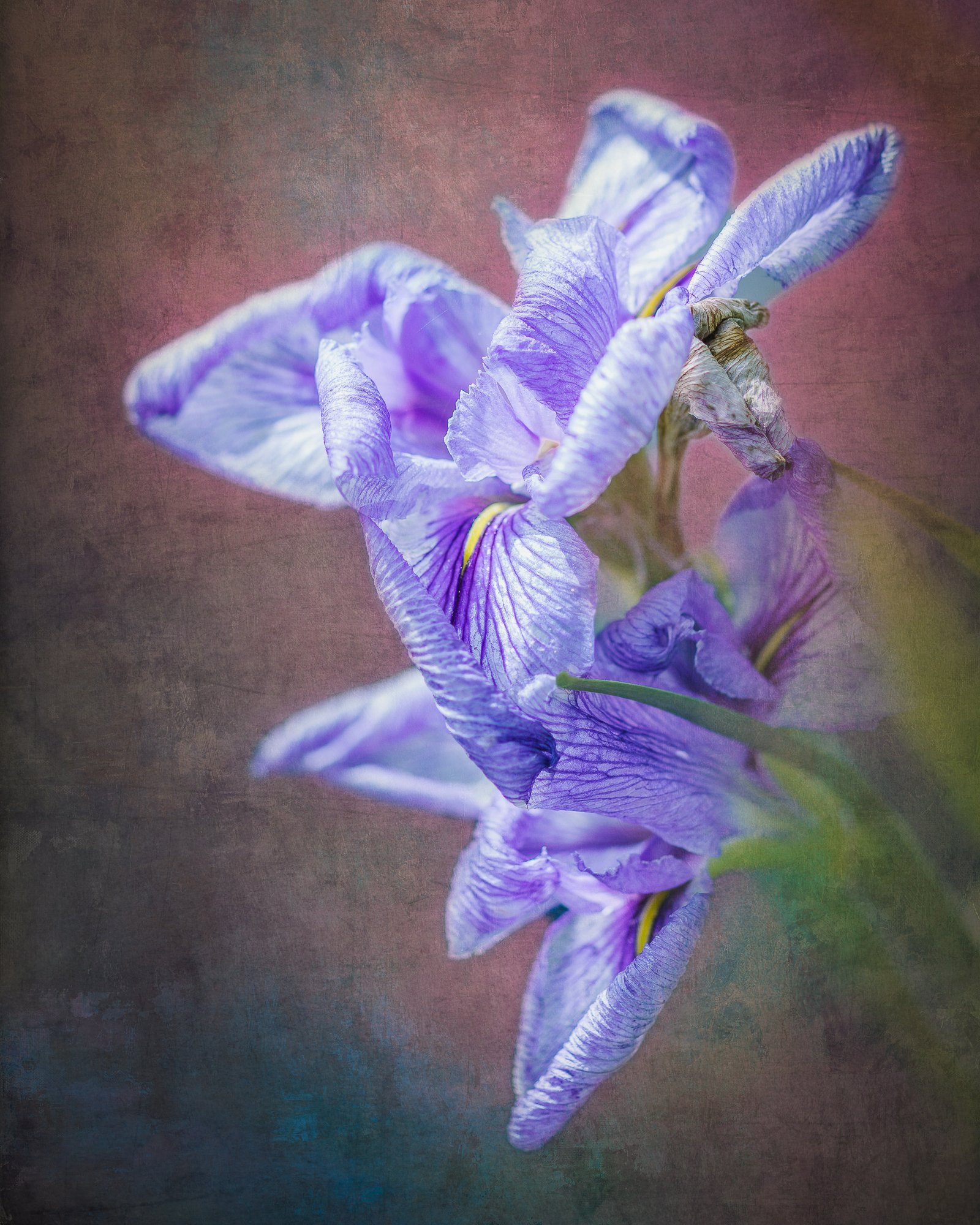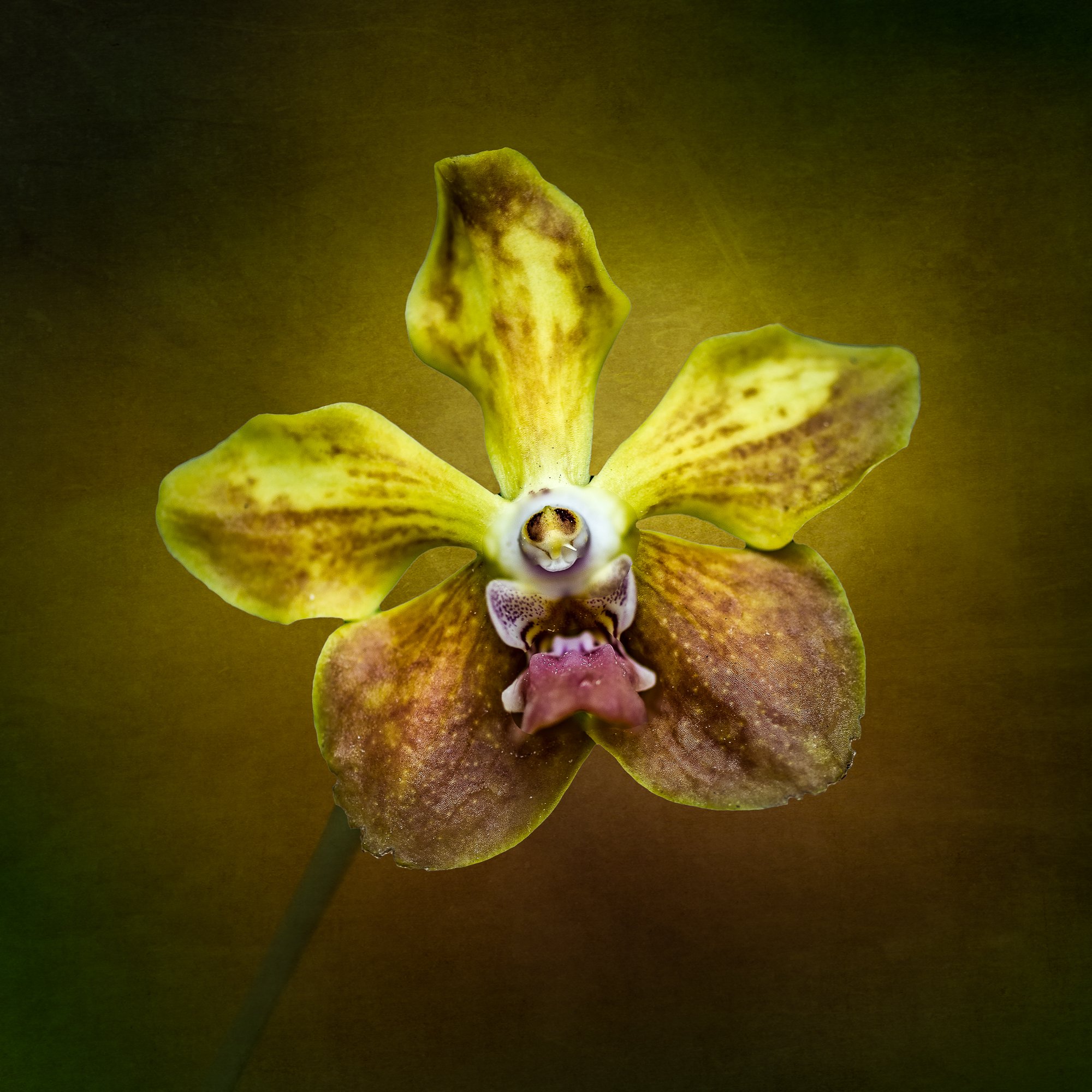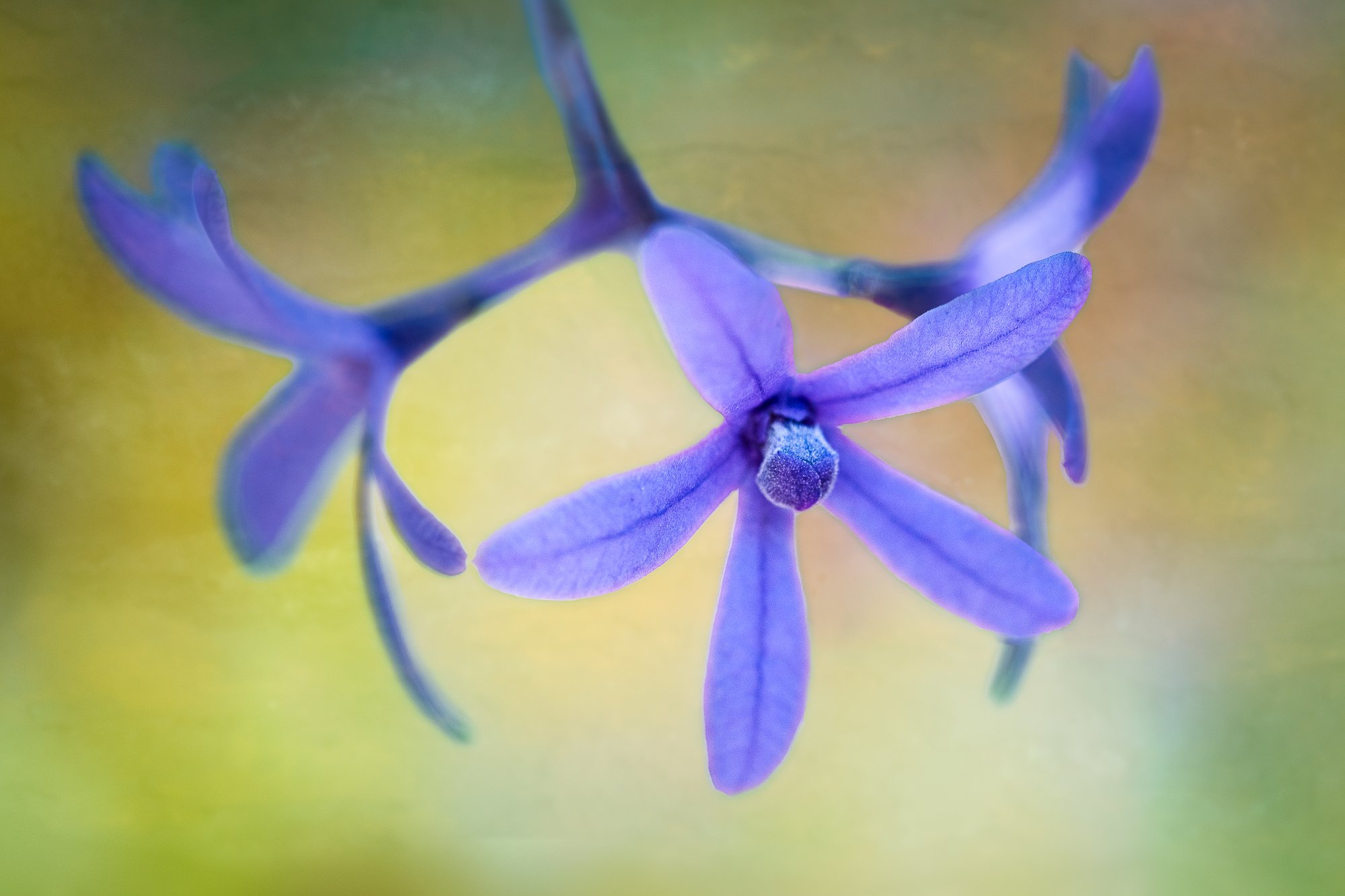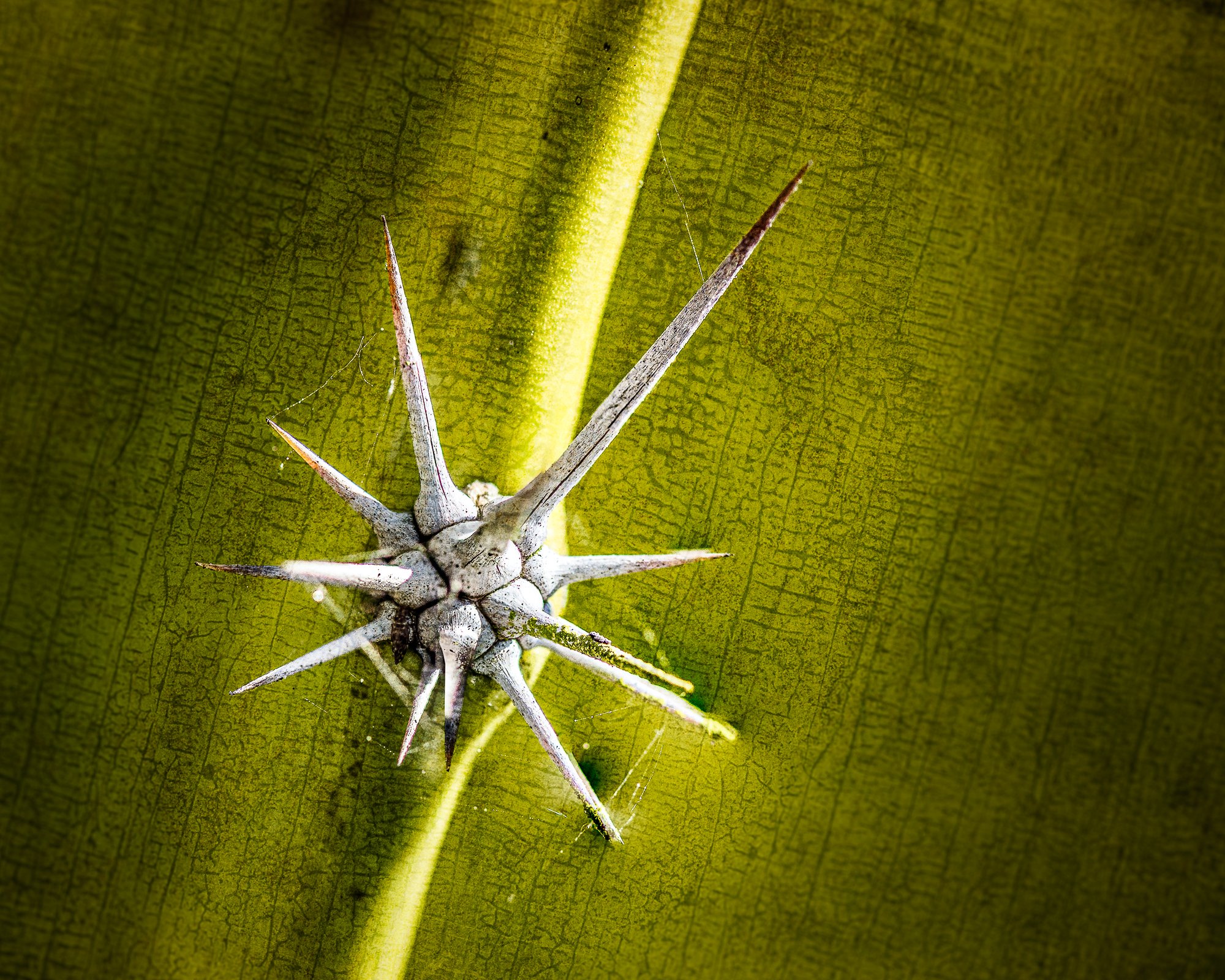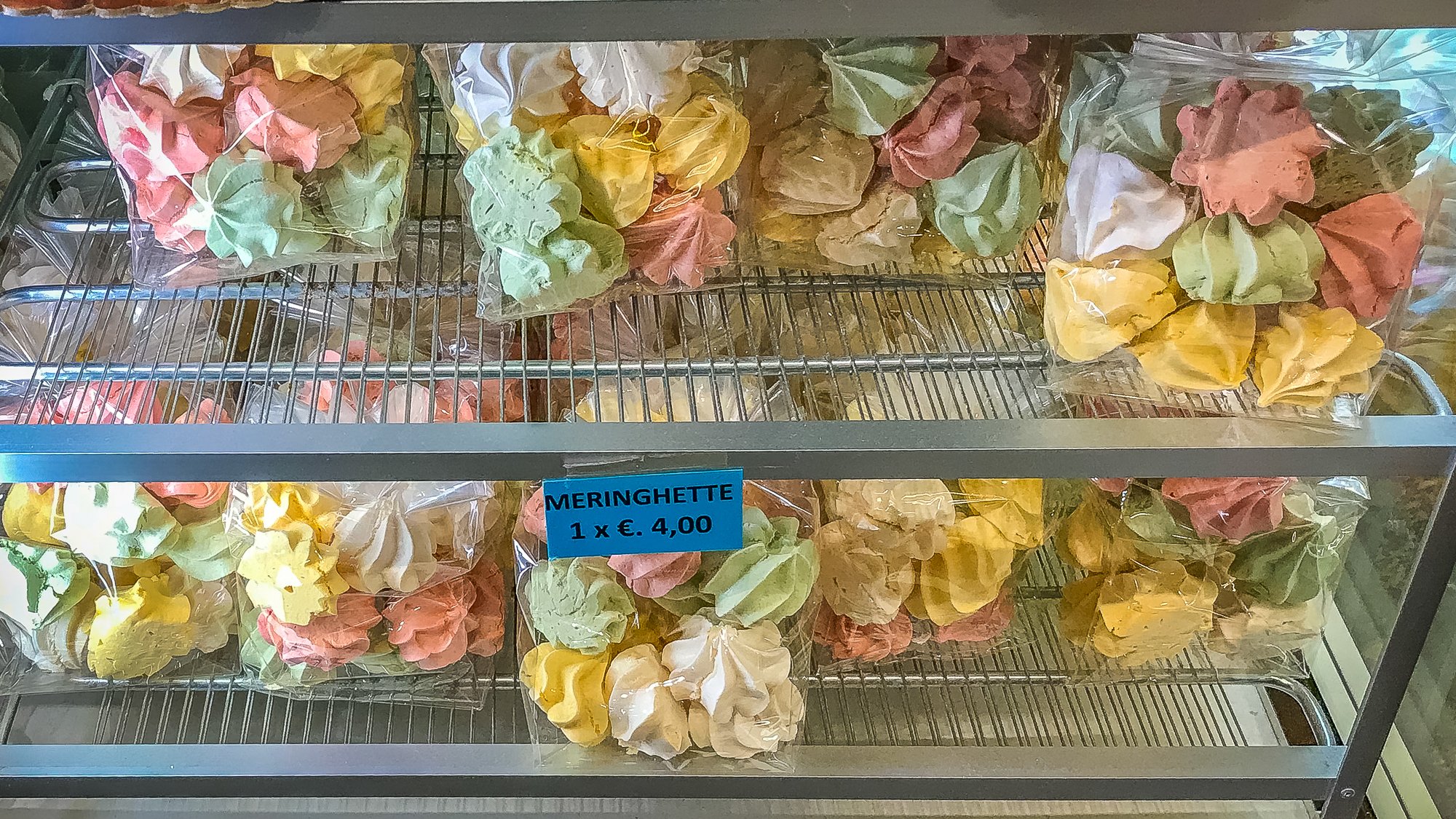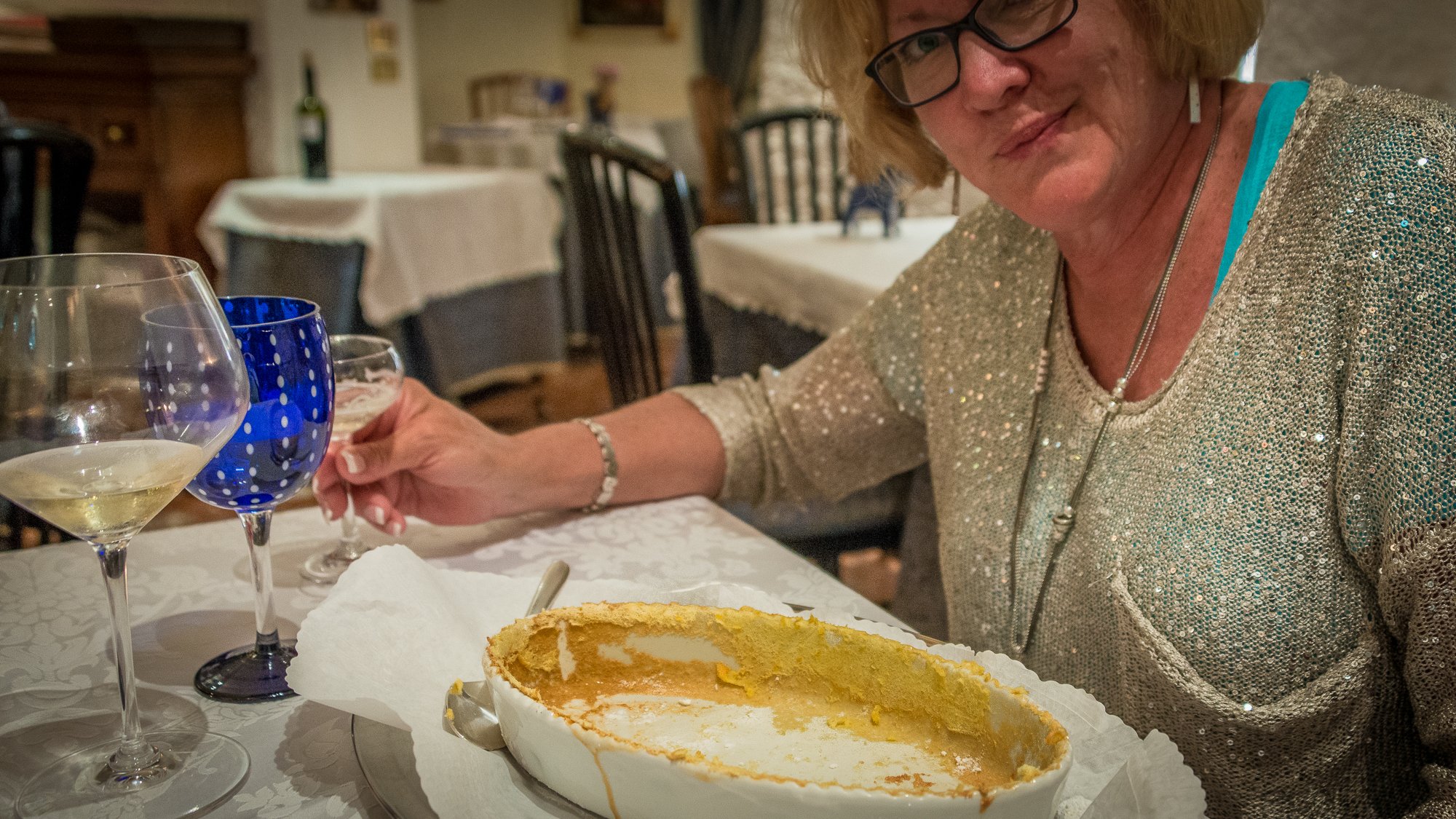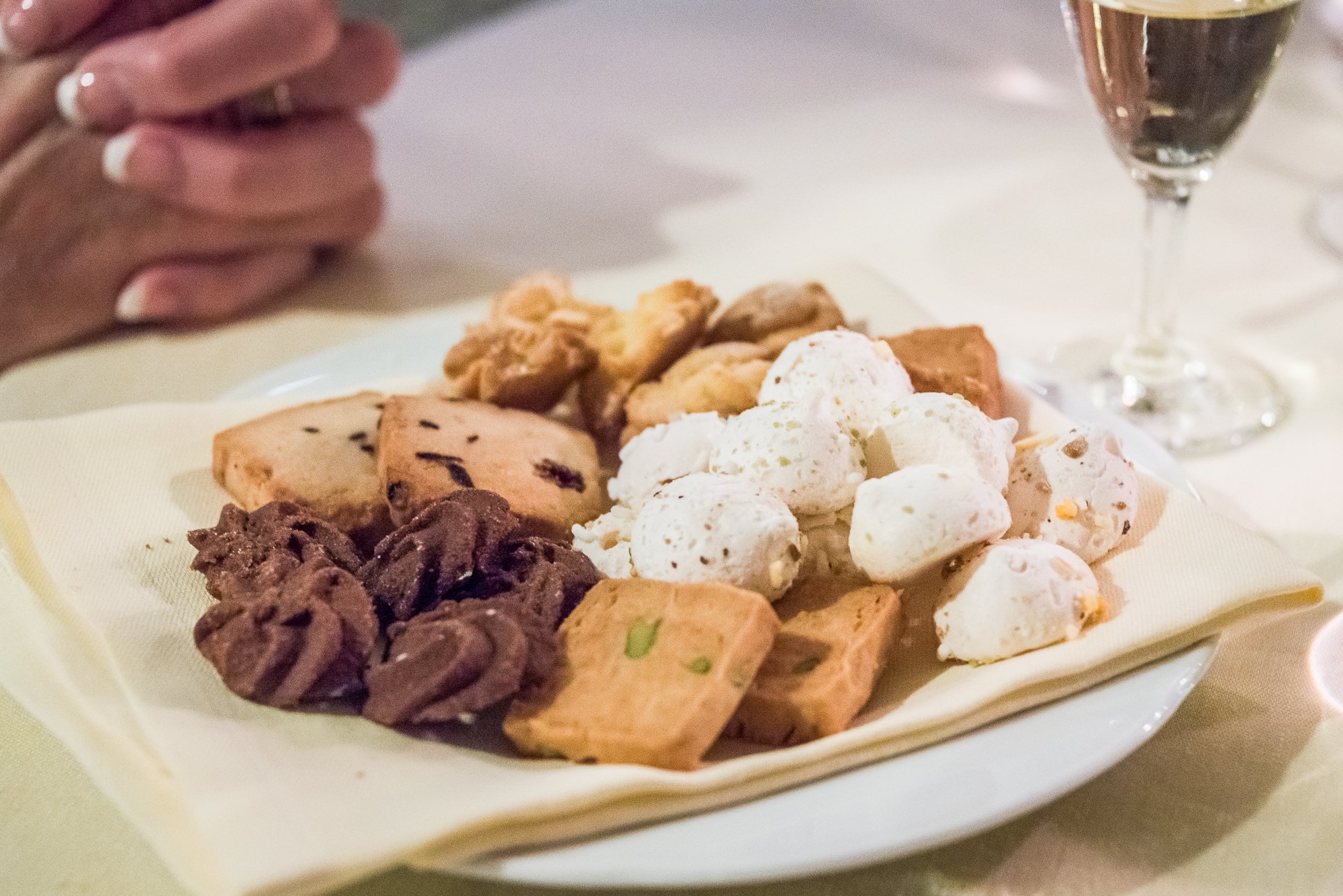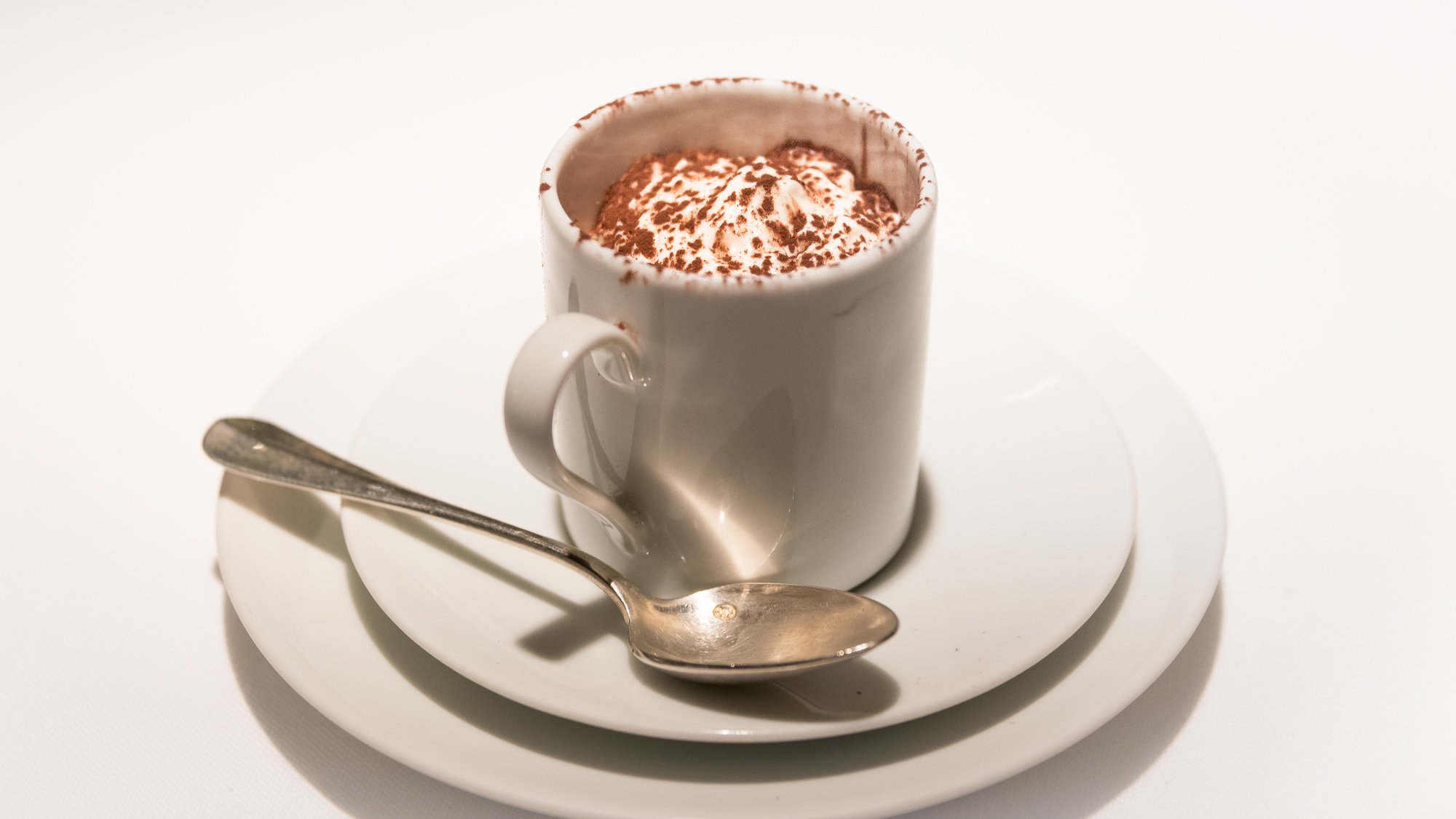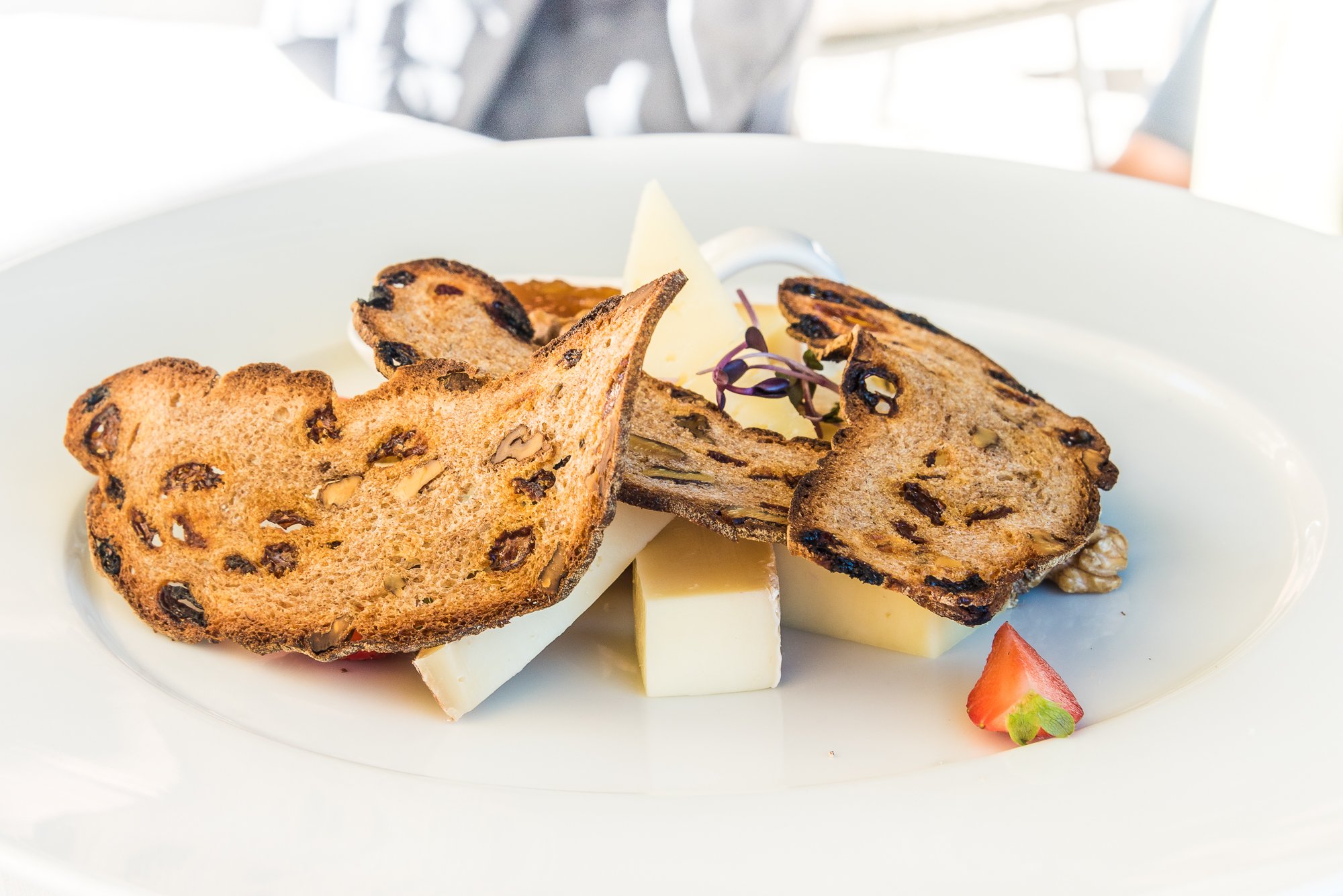Yes, that’s right…something different. Different from Italy. More like Florida. Or I should say, exactly like Florida.
I had the pleasure of joining a group photo workshop in Florida in March of this year. This was the rescheduling of a trip that was cancelled during the Spring of 2020 because…you can guess why, I’m sure.
This trip was led by Jackie Kramer of Luvblooms.com…click on that link to see why I wanted to attend her workshop…she creates beautiful floral photography and I wanted to learn from the best. She was assisted by friends Linda Torbert and Padma Inguva. Though the first part of our workshop focused on floral photography, we later moved on to butterflies, birds, long-exposure beach sunrises and sunsets, and interior photography of churches and other beautiful buildings. Our trek went from Naples to Sarasota to Gainesville and finally St Augustine.
Along the way, I was amazed at Jackie’s energy. But it was her desire to teach us the art of floral photography that most impressed me. We learned how to approach the flower to find just the right background, how to isolate a flower that would otherwise be lost in clutter, how to do ‘shoot throughs’ to get a softer foreground, and so much more.
Jackie’s mission is to support other photographers, and using photography as a medium, to build relationships and enrich others' lives. I was enriched, and I know from her following that thousands of others are, too. And, my life was changed in a way that is too personal to share with you here…in person will have to do…just ask when you see me next.
Today, I will share with you flower photography, and a smattering of butterflies that like to frequent flowers.
Transformations, but with a different subject
Many of you have told me that your favorite articles here at Italy, Our Italy are the ones where I transform a rather blah snapshot taken in Italy into a fine-art photograph. And, I’ve mentioned in numerous articles that doing this puts me in my happy place. Actually two happy places…one in Italy, and then one in my digital darkroom as I perform my transformations. So today, I share photographs of flowers that I have transformed from ‘just snapshots’ into what I hope you will agree are fine-art photographs.
Just below I give you three examples of the transformation of a typical snapshot of a flower…though not in the detail that I cover in my Italy transformations (to see a complete list of transformations of photos from Italy, click here and scroll way down in the right-hand column to “Italy-Photo Transformations”). Today, you get just a before-and-after view.
Transformation Demo
You will see that the basic transformation involves the creation of what I would call a less weighty, or more ethereal look. The addition of texture is used to downplay a distracting background. Where Jackie has a whole line of Lensbaby optics that she uses to create her magic (which she demonstrates here) all my photos were taken with just a macro lens.
[Please click on the first image of each example to see a full-screen view]
This first transformation is a rather simple one involving a [insert the name of the flower here, as I am embarassed to say that I have no idea what it is].
Here I rely on luminance and texture to soften the background, which gives a more pleasing ethereal look, which is exactly what I was looking for. The original photo has inherited a lightness that I just love in floral photography.
This next transformation relies heavily on texture, for both the background and the subject, which is called a [you guessed it, I have no idea!].
Here I’m going for moody, rather than lightness.
Finally, a bit more complicated transformation, This transformation involves a water lily…yes, it’s called a water lily! Though I know not which variety.
I decided to go beyond just cropping the photo, and I went maybe a bit overboard in my creative transformation. But again, I am no longer satisfied with just a flower snapshot.
Thus ends my transformation demo. The remaining photos just show you the transformation’s resulting image.
The Flower Gallery
[As always, you can click on an image for a larger view]
None of the photos were done in studio…all were as they were found in the Naples Botanical Gardens, Marie Selby Botanical Gardens, Sarasota Jungle Gardens, Butterfly Rainforest at the Florida Museum of Natural History, and the Kanapaha Botanical Gardens.
Thorns!
And there were a few cacti in the Naples Botanical Garden.
Flutterbys
And now, the flutterbys. You will see that some have their probiscus inserted into a flower…or it might be rolled up like a hose. And those eyes!
If you were expecting information on Italy, my apologies…but I’m happy that you made it this far in today’s diversion. Thank you for hanging in there!
Next time you will see birds, with a smattering of other photos taken during our fabulous workshop. And until then, I say…
Ciao for now,
Steve
If you didn’t get here through an email link, please click here to subscribe!














